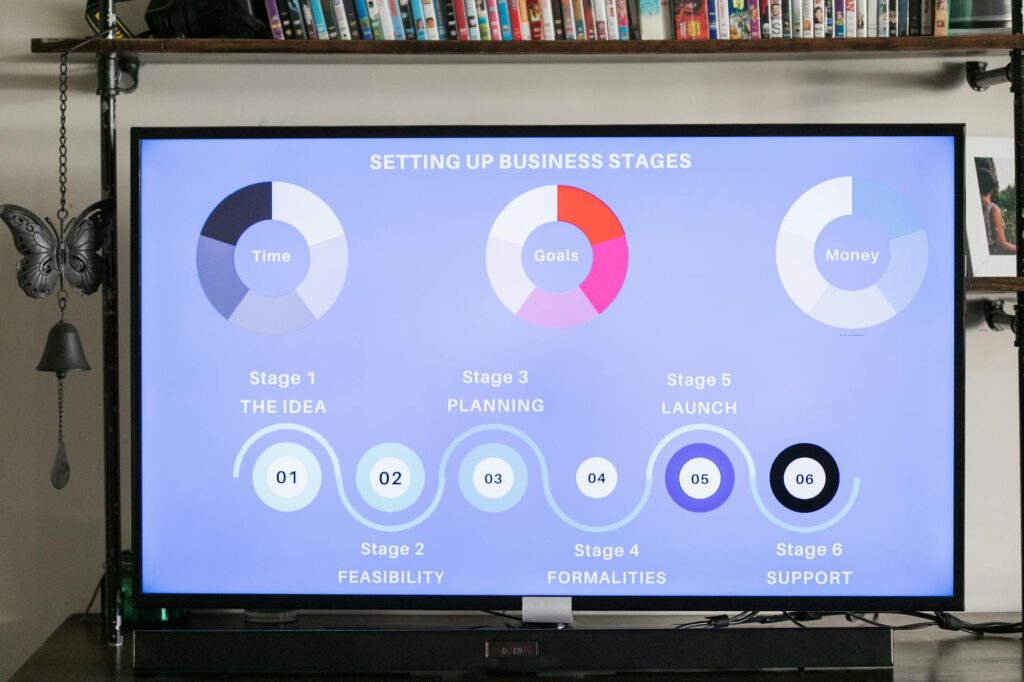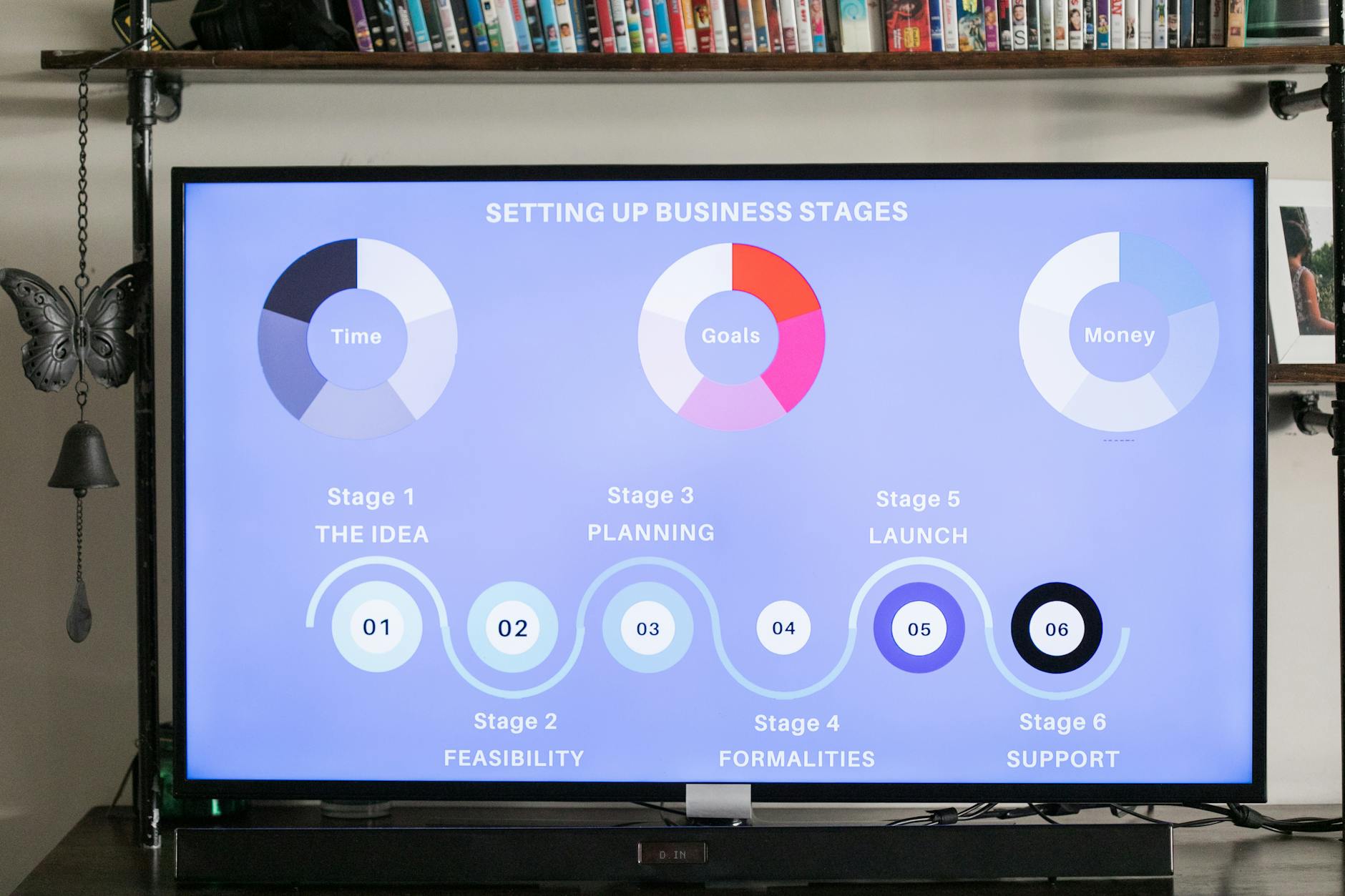What is time management metrics?

What is time management metrics?
In today’s fast-paced world, effective time management is essential. But how do you know if you’re managing your time well? This is where time management metrics come into play. These metrics not only help in tracking how you spend your time but also enhance your productivity and efficiency. By understanding and implementing these metrics, you can take concrete steps toward better managing your daily tasks and achieving your goals.
Understanding Time Management Metrics
At its core, time management metrics refer to measurements that analyze how time is utilized across various tasks and activities. These metrics are vital in assessing productivity levels and identifying potential areas for improvement.
Definition and Purpose
Time management metrics are tools that help gauge the effectiveness of your time usage in both personal and professional settings. They provide insights into where your time goes and how effectively it contributes to your goals. By analyzing these metrics, you can make informed decisions about improving your workflows and prioritizing tasks.
Components of Time Management Metrics
Several essential components make up effective time management metrics:
-
Time Tracking: This involves recording how much time you spend on specific tasks throughout the day. By using time-tracking tools, you can understand better where your hours are going.
-
Workload Analysis: This component helps assess if your workload is balanced or if certain tasks consume too much of your time.
-
Efficiency Measurement: This aspect evaluates how well you are performing tasks relative to the time spent. It helps identify time-wasting activities and highlights areas for improvement.
Types of Time Management Metrics
Different types of time management metrics can be employed to gain a comprehensive understanding of how time is spent.
Quantitative Metrics
Quantitative metrics focus on numerical data. Some of the most commonly used metrics include:
-
Hours Worked: This metric tracks how many hours you dedicate to tasks, helping you assess your overall workload.
-
Project Completion Time: This measures how long it takes to finish a project, offering insight into efficiency and productivity.
-
Deadlines Met: This metric evaluates your ability to meet deadlines, giving you a clearer picture of your time management abilities.
Qualitative Metrics
While quantitative metrics focus on numbers, qualitative metrics assess the quality of work. Key examples include:
-
Task Satisfaction: This metric gauges how satisfied you feel after completing tasks, indicating whether you’re engaged and motivated.
-
Work-Life Balance Assessments: By evaluating how well you balance work and personal life, you can identify areas needing attention.
-
Employee Engagement: In workplace settings, this metric helps measure how involved employees feel in their work, impacting productivity and morale.
Benefits of Implementing Time Management Metrics
Utilizing time management metrics provides several advantages for individuals and organizations.
Improved Productivity
One of the most significant benefits of tracking time management metrics is the increase in productivity. By identifying time-wasting activities, you can eliminate distractions and streamline your processes. This leads to more efficient use of time, ultimately boosting your output.
Better Work-Life Balance
Time management metrics can also help you achieve a healthier work-life balance. By assessing how much time you spend on work versus personal activities, you can adjust your schedule to ensure you’re dedicating enough time to both areas. Finding this balance can lead to reduced stress and improved overall well-being.
Tools for Tracking Time Management Metrics
Several tools can assist in effectively tracking and analyzing time management metrics.
Time Tracking Software
Various time tracking software options exist to help you monitor your time usage efficiently. Popular choices include:
-
Toggl: This user-friendly tool allows you to track time spent on different tasks effortlessly.
-
Clockify: A free time tracking tool that enables team collaboration and project management.
-
RescueTime: This software tracks time spent on applications and websites, providing insights into productivity levels.
Applications for Productivity Tracking
In addition to time tracking software, various applications can help you measure and analyze your time management metrics. Consider using:
-
Todoist: A task management app that helps you organize your to-do lists and monitor progress.
-
Trello: A visual project management tool that allows you to track tasks and deadlines effectively.
-
Asana: A project management application that enhances team collaboration and keeps track of project timelines.
Conclusion and Next Steps
Time management metrics are vital for enhancing productivity and maintaining a healthy work-life balance. By implementing these metrics, you can gain valuable insights into how you spend your time, ultimately leading to better decision-making and improved efficiency.
To begin your journey into effective time management, start tracking your time today. Evaluate your workflows and make adjustments based on the insights you gain. With a focused approach to time management metrics, you’ll be well on your way to achieving your goals and maximizing your productivity.

Photo by RDNE Stock project